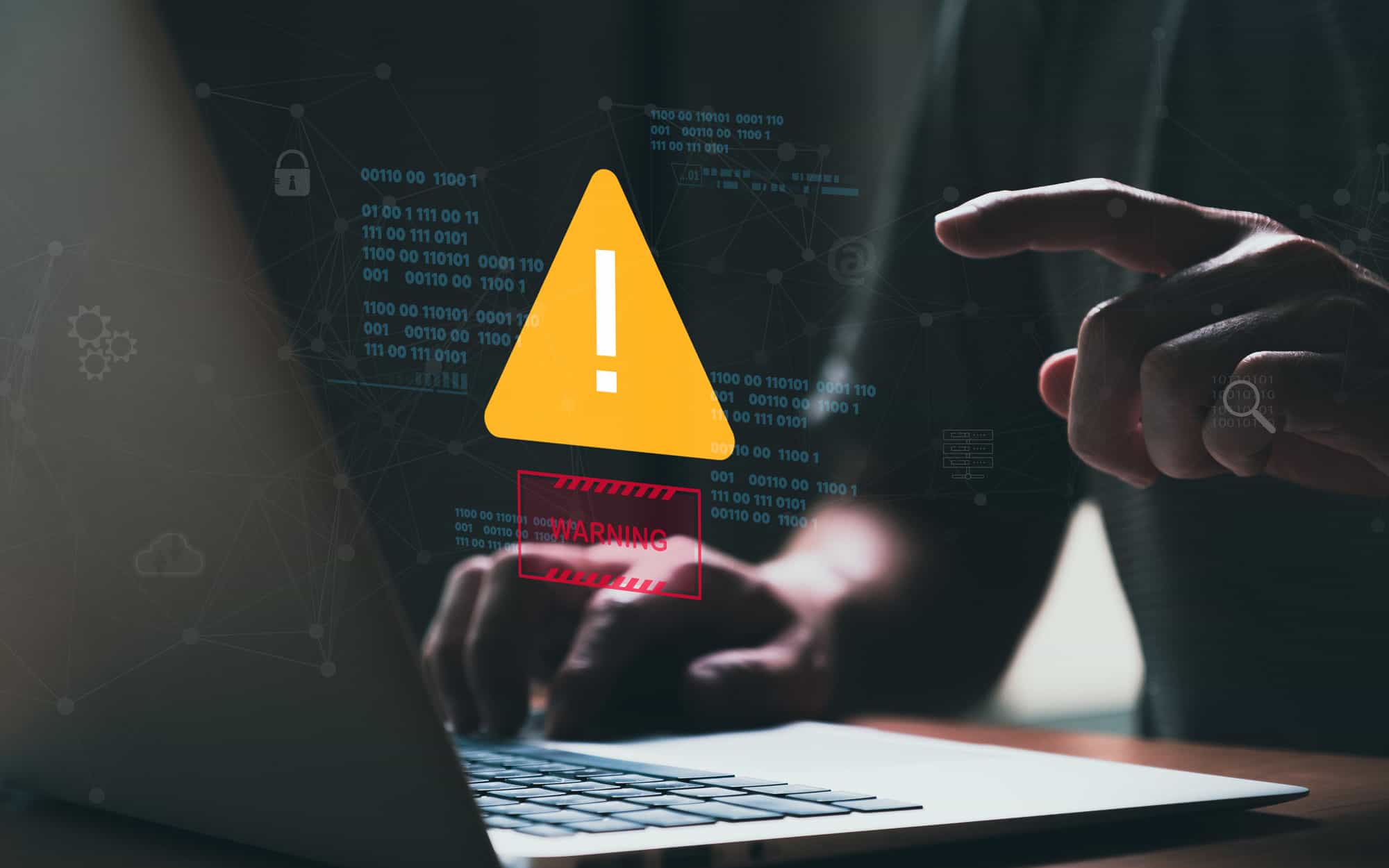
What Is An It Vulnerability Assessment?
This is a testing process that identifies, classifies, and prioritizes the levels of an organization’s cybersecurity, as well as its vulnerabilities. They might be located in their software, hardware, network, computer systems, or other parts of the IT ecosystem.
Techniques such as penetration testing help you detect weak spots before hackers do.
Why Every Business Needs To Perform Network Vulnerability Assessments
The essential goal of vulnerability assessments is to help you detect threats early on so you can prevent attacks before they happen or at least minimize the potential damage. They also keep your business in compliance with regulatory frameworks such as HIPAA, PCI DSS, and ISO 27001. Because the constant change of technology tends to create new potential methods of attack, vulnerability assessments can even keep your cybersecurity ahead of cyberthreats.
Types Of It Vulnerability Assessments
The most common forms of vulnerability assessments are:
- Network-based scans help identify possible network attacks.
- Host-based scans search for vulnerabilities in servers, workstations, and other network hosts.
- Wireless network scans zero in on weaknesses in your organization’s WiFi network.
- Application scans recognize software vulnerabilities.
- Database scans prevent database attacks, such as SQL injection events.
How An It Vulnerability Assessment Works
These security procedures may be performed manually, or more often automatically with the help of automated vulnerability scanning software. Here’s how the scanning process works:
- Initial preparation. This defines the scope and goals of the vulnerability assessment, so you know what to look for.
- IT Vulnerability assessment testing. Here, automated scans of target devices and environments are run. A single test can require minutes to hours, depending on the type.
- Prioritize vulnerabilities. After removing false positives from the scanning results, the process prioritizes vulnerabilities by factors like severity score, business impact, data sensitivity, and how long the vulnerability has existed.
- Create a vulnerability assessment report. A report that details the assessment results is generated, with a recommended remediation plan.
- Continuous vulnerability assessment. Vulnerability is not static, so you ought to perform scans regularly to detect issues early and keep cyberthreats at bay.
With each IT vulnerability assessment, your business should be a little safer than it was before. Just be sure to implement the remediation recommendations, so that the assessment has its desired effect.
Partner with Reverus
Take your firm’s security to the next level by partnering with Reverus. With our managed security services, you can rest assured that your IT infrastructure will be monitored and managed 24/7. Contact us today to learn more!




